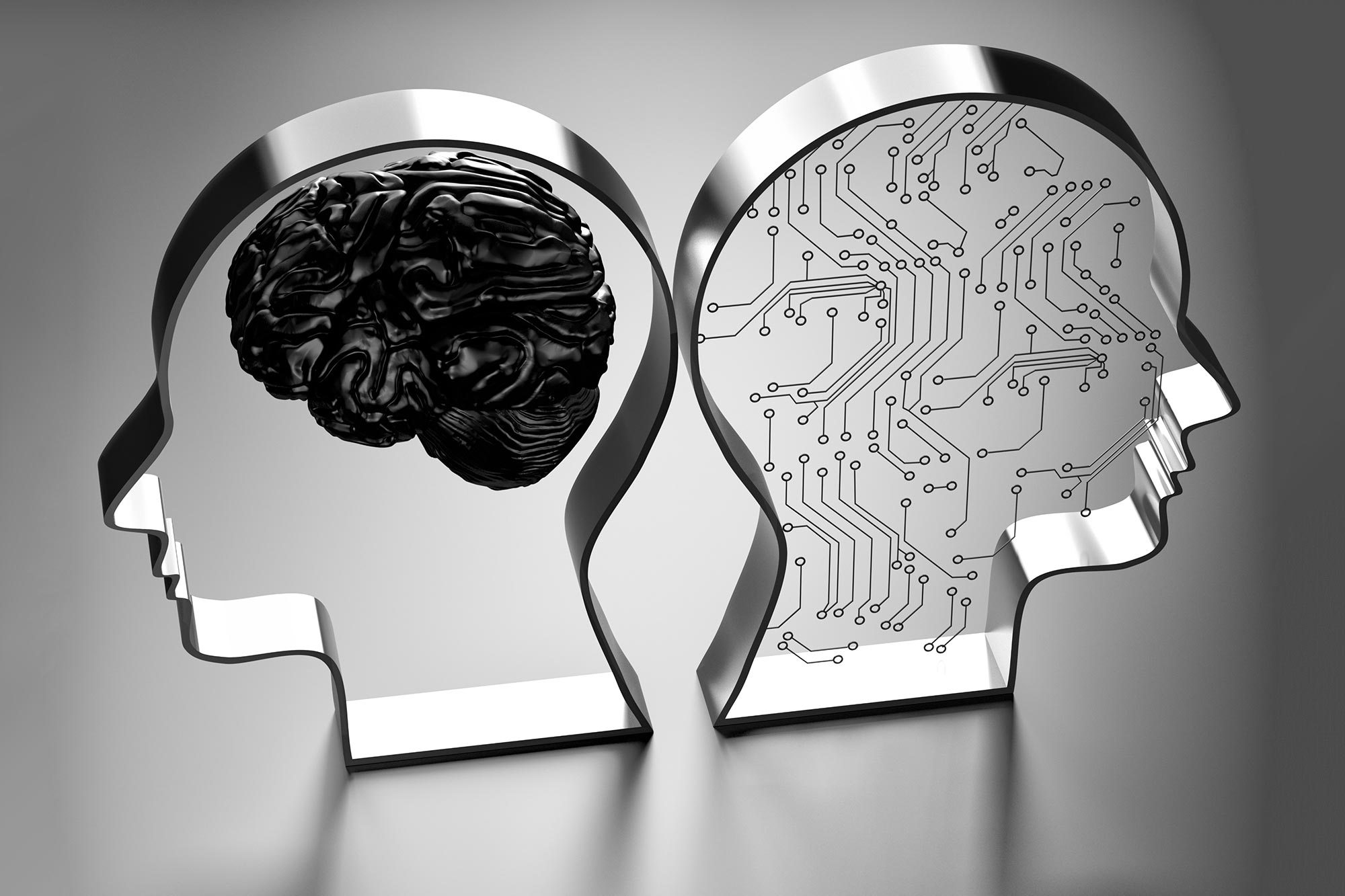AI Can Now Do Language. What’s Left for Humans?

Computers can now read and write.
That is seismic.
For decades, we’ve known computers as calculators. They add, subtract, multiply faster than us. That was their thing.
But now? They can do language.
They can read. They can write. They can generate text in ways that, until very recently, were uniquely human.
So let’s ask the obvious question. If computers can do language, what’s left for humans?

How AI “Does Language”
Large language models aren’t brains. They’re prediction machines.
Weather forecasts predict tomorrow’s rain. Physics predicts how an object will move. Protein-folding models predict structure. And those models are good when they match reality.
Language models? They’re different. They predict the next word. But they’re designed with unpredictability. That’s where creativity comes from.
If you type, “The cat sat on the…” and it always says “mat” — that’s dull. The magic is in not always being obvious. That’s why AI-generated text feels human. Because it surprises. Because it creates.

What It Means for Us
So where does that leave humans?
Not replaced. Just equipped with new capabilities.
- Machines are brilliant at speed and scale. Drafting long proposals, structuring responses, pulling in past performance.
- Humans are brilliant at judgment and nuance. Understanding the client. Setting strategy. Reading between the lines.
- Together? That’s the competitive advantage. The machine clears the path. We decide the direction.
Proposal writing used to be the bottleneck. Hours lost assembling content. Drafts stuck in formatting. That’s gone. The bottleneck now is strategy and persuasion — the human work.

The Competitive Landscape
Here’s the truth. Your competitors are already using AI.
They’re writing faster. Producing more. Spending less time on admin and more time on win themes.
They’re not winning because they’ve hired more writers. They’re winning because they’ve changed how they work.
So the question isn’t: will AI replace humans?
The question is: will humans who use AI replace those who don’t?

What’s Left for Humans
The work that wins.
- Setting direction.
- Understanding the client.
- Framing the story.
- Persuading evaluators.
- Exercising judgment where machines can’t.
AI can now do language. But it can’t do trust. It can’t do ethics. It can’t do vision.
That’s our uniquely human job. And that’s not going away anytime soon.
If you want to see how AutogenAI puts this technological breakthrough to work for proposal teams, book a demo today.
Founder and Chief Executive at AutogenAI, Sean Williams, recently gave a talk to the MIT Technology Review on this topic. You can watch the talk in full here.


